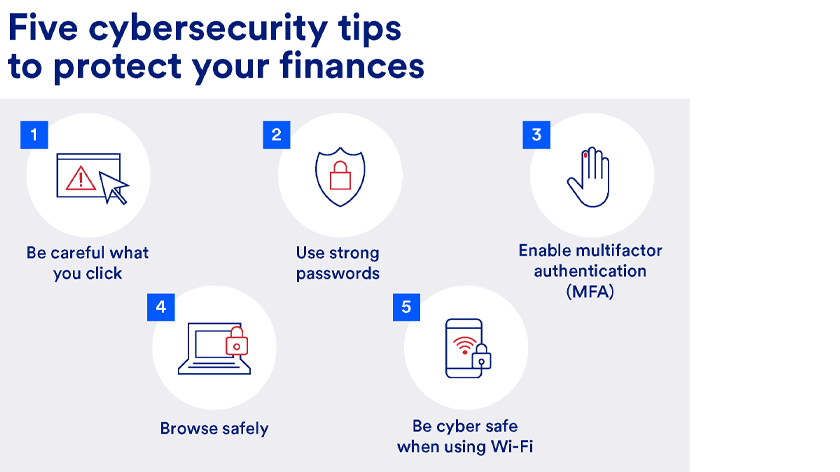Cybercrime is a growing threat to everyone, but the affluent may be especially attractive targets due to their wealth. As bank robber Willie Sutton said when asked why he stole from banks, “Because that’s where the money is.”
“Simply put, the affluent are often targets for cybercrime by nature of their wealth,” says Charles Banks, information security services at U.S. Bank. “However, they also tend to be more financially sophisticated, so they often better understand the tools and techniques available to protect themselves.”
Where cybercrime originates
According to Dave Pilot, enterprise fraud strategy at U.S. Bank, most cybercrime today is being perpetrated by organized crime rings and nation states. “Most people don’t realize the size and scale of these criminal enterprises,” he says. “We’re talking about a commoditized ecosystem of sophisticated actors who are dedicated to malicious cybertheft of both information and funds.”
Pilot believes that online fraud motivations are often about more than just stealing money. “There’s a level of malice in cybercrime today that we haven’t seen before,” he says, pointing to what’s called pig butchering as an example. In this online scam, cyber fraudsters lure victims into online relationships to build trust before convincing them to invest in cryptocurrency platforms that they control and use to steal money.
“These cyber thieves not only steal money from victims, but they also try to destroy their lives,” says Pilot. “The world of cybercrime today is vicious, and people need to be educated about the various threats and how to protect themselves.”




